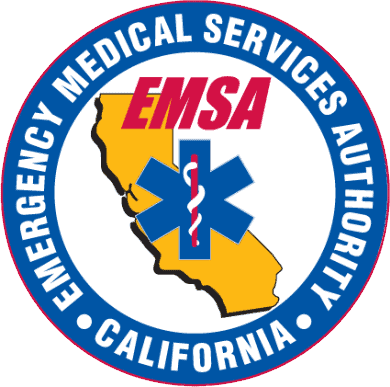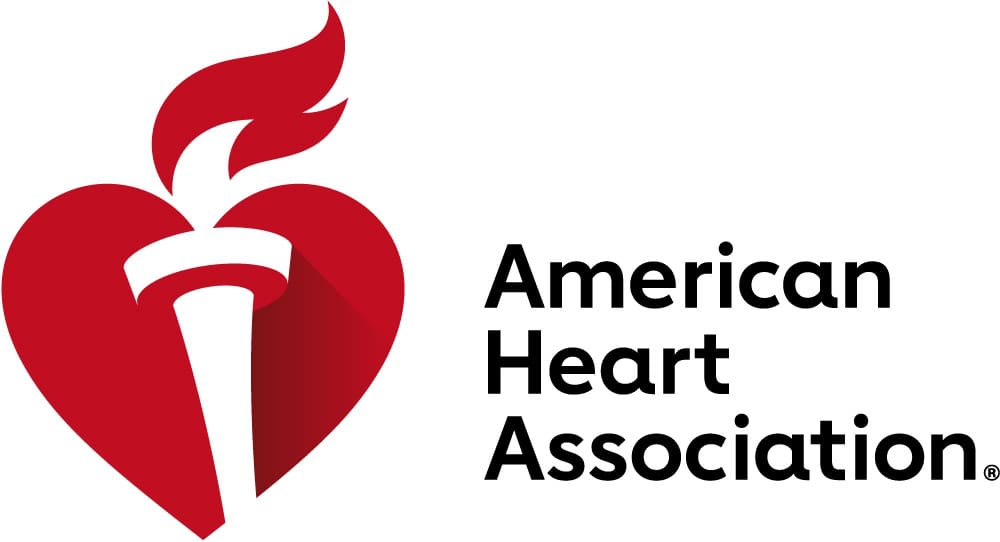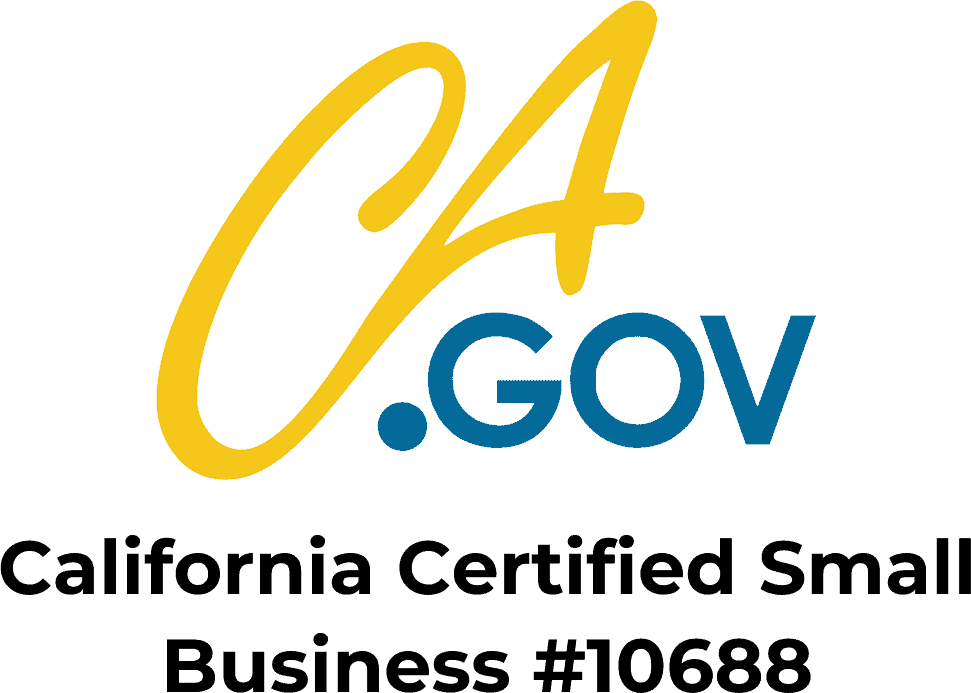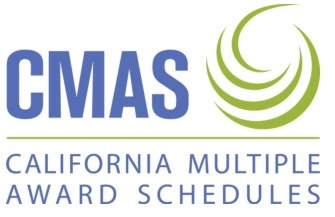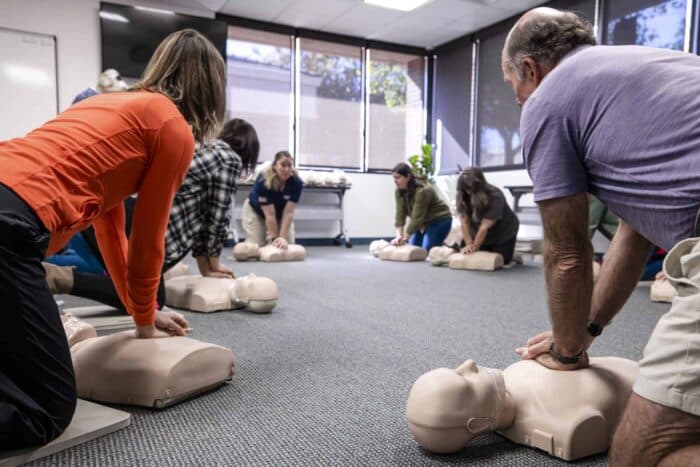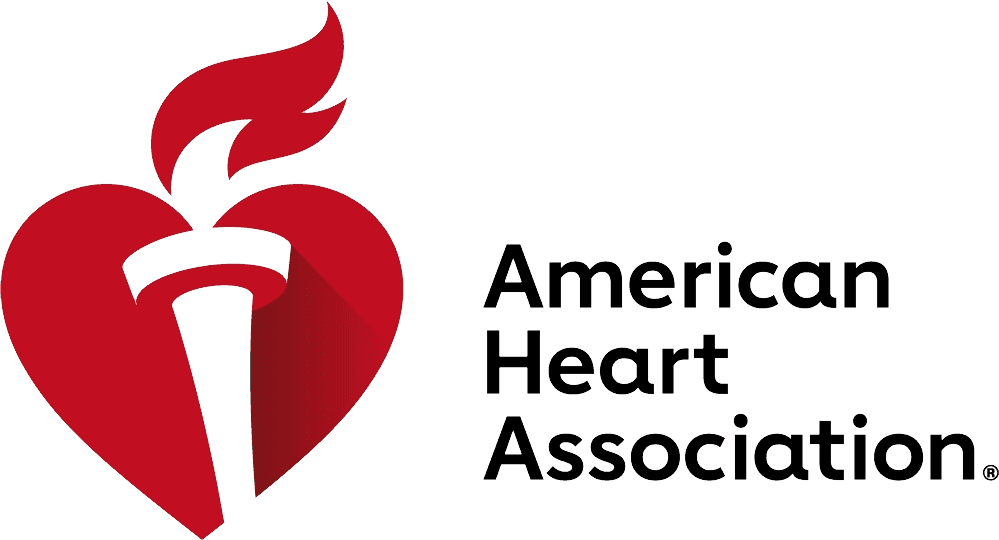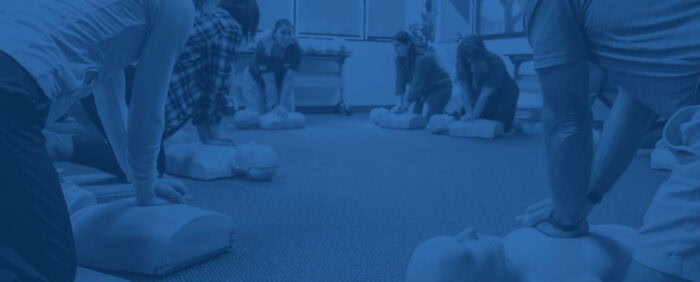Your cart is currently empty!
Let’s delve into a critical matter—over 356,000 people face out-of-hospital cardiac arrest in the U.S. each year. Bystander CPR is a potential lifesaver, doubling or even tripling survival chances. In this article, we are answering questions regarding CPR and AED usage to eliminate concerns that often swirl around these life-saving techniques.
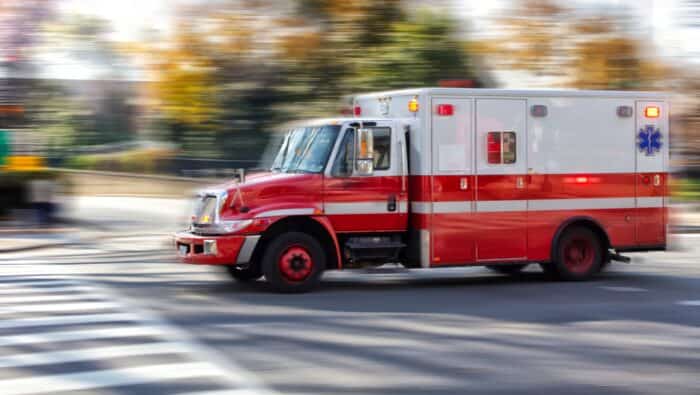
Addressing the Bystander Effect:
The bystander effect—ever heard of it? It’s that unfortunate belief that someone else will step in and save the day. Spoiler alert: it rarely happens. Become the hero, assume no one else will help, call 911, grab an AED if possible, and dive into action!
Who Requires CPR?
Before embarking on the cardiopulmonary resuscitation (CPR) journey, ensure you are safe. The person is unresponsive and not breathing. Start by giving them a verbal and physical nudge, or tapping on the shoulder. If they remain unresponsive and are not breathing, ask someone to call 911 and retrieve an AED. At this point, begin CPR, starting with compressions.
Common Questions asked during our CPR and AED classes:
-
Can Only Medical Professionals Perform CPR and use AEDs?
Absolutely not! CPR and AED training is accessible to everyone. The American Heart Association asserts that survival rates soar to 40% or more when a regular person performs CPR promptly.
-
Is Baring the Chest Necessary?
Yes, it might feel awkward, but exposing the chest is crucial to finding the right spot for chest compressions, to ensure you are not pressing on hard objects and placing AED pads requires direct skin contact. The American Heart Association standard of practice for CPR is to bare the chest before starting compressions.
-
Is it True Only Men and the Elderly Experience Cardiac Arrest?
Surprise, surprise! Cardiac arrest doesn’t discriminate. Women can be affected too. Unfortunately, they may receive CPR less often due to modesty concerns. Kudos to the Go Red for Women campaign for tackling this issue. The bottom line: age or gender doesn’t matter—jump in and help!
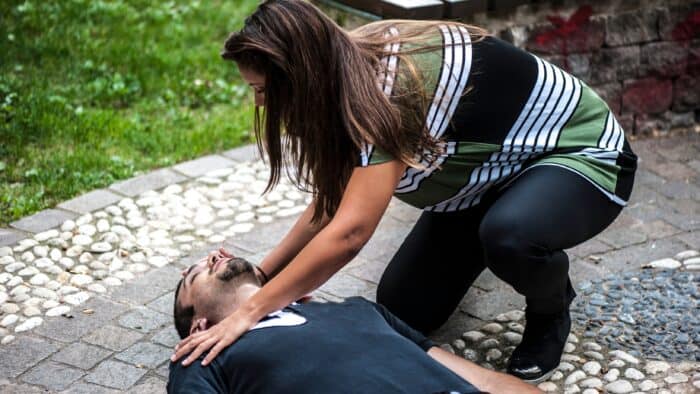
-
Do I Have to Help Someone?
Here’s the scoop. “Duty to rescue” is a concept in law that refers to the duty of a person to rescue another who could face potential injury or death without being rescued. In the United States, for the average person in general circumstances, there’s no duty to rescue. However, there are some special circumstances in which a person may have a legal duty to provide aid to an ill or injured person. For example, the driver of a vehicle involved in a crash resulting in the injury or death of any person would have that duty. Some people have a legal duty to provide aid based on the nature of their occupation. Typically this includes firefighters, law enforcement officers, lifeguards, and EMS personnel. If you don’t fall into one of these professions, you probably don’t have to. But seriously, at least dial 911. Your superhero skills might save the day.
-
What Happens if I Hurt Someone During CPR? Can I Get Sued?
Good news! Good Samaritan Laws have your back. As long as you’re acting sensibly, staying within your scope of practice, and genuinely trying to help, you’re in the clear. No capes are needed, just good intentions. Remember, if the patient comes back to life with minor injuries, they are better than before.
-
Can I Contract a Disease While Performing Mouth-to-Mouth Resuscitation?
Concerned about catching something? Don’t stress. If you’re not comfortable with mouth-to-mouth, there’s Hands-Only CPR. Chest compressions non-stop without the extras. But remember, the best CPR is a combination of compressions and breaths. As soon as the mouth barrier becomes available, make sure to add those breaths.
-
Can an AED Kill Someone?
Let’s bust a myth: AEDs are intelligent. They only administer shocks for specific heart rhythms. They will not charge for a shock if the patient’s heart is not in a specific abnormal life-threatening heart rhythm. Follow your training and the AED prompts, and you’re good.
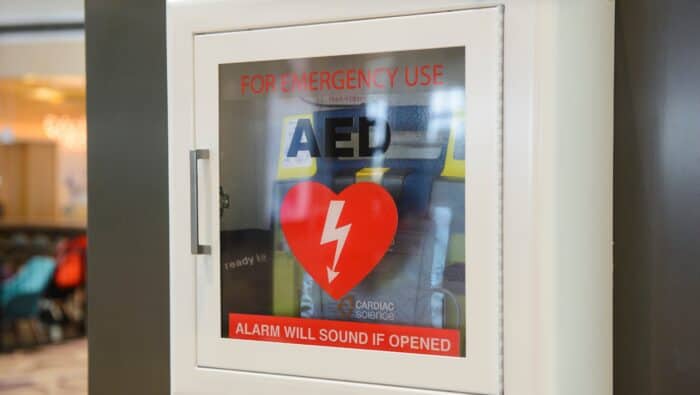
Feeling uncertain about when to use CPR or wondering about proper technique?
At Rescue Training Institute, we believe anyone can make a difference in a situation like this, that’s why we provide training to anyone wanting to develop the skills to help.
Enroll in one of our comprehensive CPR and AED training classes at Rescue Training Institute. We’ll guide you through the essentials, from precise chest compressions to AED proficiency. Remember, even if you’re unsure, doing something is better than doing nothing for someone in need!
Have a group of people that you want to get trained and certified? We can come to you. Schedule a class with us to fit your needs and your time preference, and we will bring all the equipment, set up the room, and teach the class the same way we would teach in our own classroom. If you want to see what our classes look like, check out this blog.

